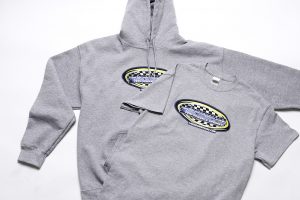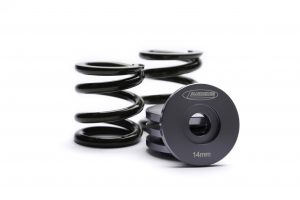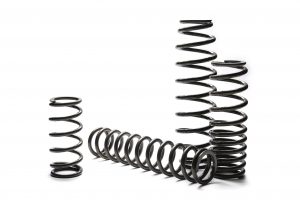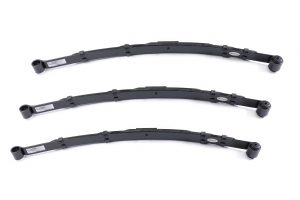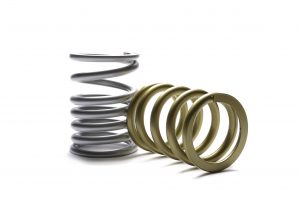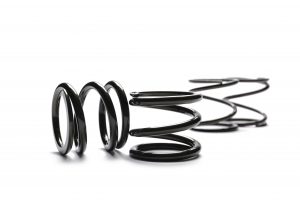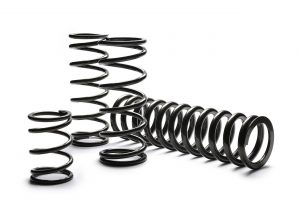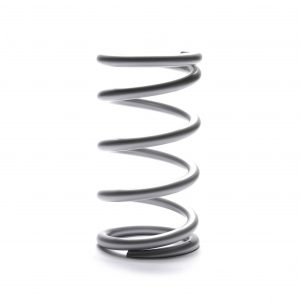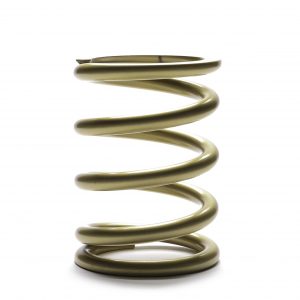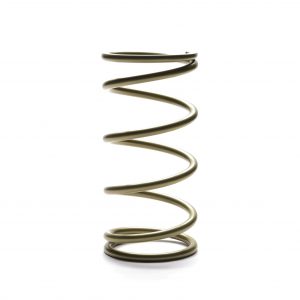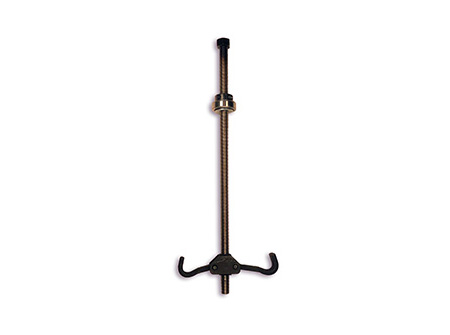LANDRUM PERFORMANCE SPRINGS
See the Landrum Difference
Made In The USA
50+ Distributors
Purchase Online
Win With
Landrum Racing Springs
Accurate, Consistent and Reliable
Landrum Performance Springs give you accurate, consistent and reliable performance that beats the competition and helps put you in victory lane.
Dyno Proven Performance
Landrum springs hold their tolerance to within 2% of specification and we prove it with a dyno sheet provided with every spring. No other spring manufacturer does this.
Won’t Lose Free Height
Landrum racing springs can be compressed to solid without taking a set.
Highest Quality Materials
Landrum Performance Springs are produced with the highest quality US made High Tensile Chrome Silicon Alloy Steel Wire for strength and reliability.
Advanced Engineering and Manufacturing
State-of-the-art engineering and manufacturing processes ensure our racing springs maintain their original high-performance characteristics.
Spring Applications
Landrum racing springs applications include circle track racing, drag racing, road racing, street performance, ATV, UTV and snowmobile.
Made in the USA
Landrum Performance Springs are proudly engineered and manufactured in the heartland of America, at our Indiana location.
Search by Part Number or Category
The Industry Leader in Racing Springs Performance, Quality and Craftsmanship
Racing Springs Design Expertise
Since 1966, racers and crew chiefs have been telling Landrum what they want in racing springs, and we’ve been listening. By applying racer focused research and development, our highly trained engineers design spring solutions that give racers what they need for the best racing suspension performance.
What are the Characteristics of Top Performing Racing Springs?
Top performing racing springs are characterized by aspects including:
Use of High-Performance Materials
Materials used for racing springs must not only be durable, but also help to maintain original spring performance. Chrome silicon alloy steel wire meets and exceeds these requirements as exceptional tensile strength makes it highly durable under heavy loads and high-stress environments.
- Withstands high load and unload cycles without permanently deforming
- Can endure millions of load cycles without failing
- Can take shock loads and sudden impacts without breaking or cracking
Close Spring Rate Tolerance
Being sure of the real spring rate is critical. Actual spring rates are most often higher or lower than the spring manufacturer’s stated rate. A spring rate tolerance of ±2% to ±3% of the stated rate is considered the industry standard with racing springs. Tolerances in excess of this can lead to significant error when setting up a car.
No Free Height Loss
Spring free height can be lost due to factors including metal fatigue, or if the spring has been compressed beyond its design capacity. Also known as “spring sag” or “taking a set” this condition can create issues such as:
- Lowering the ride height, affecting the car’s center of gravity and handling and reducing ground clearance
- Alteration of suspension geometry, affecting suspension component angles and camber, caster, and toe settings
- Change of spring rate, making it difficult to maintain optimum tuning for different track conditions or racing strategies
- Compromised corner weighting. Spring free height loss can affect balancing the car’s weight distribution
Landrum Produces Top Performing Racing Springs
- High Tensile Chrome Silicon Alloy Steel Wire and an intensive heat and press process ensure Landrum Performance Springs maintain free height and rate throughout a near infinite operational life
- Landrum Performance Springs hold tolerance to within 2% of specification and it is proven with a dyno sheet provided with every spring. Also, the tested rate is engraved in the spring. No other spring manufacturer does this
- Landrum springs are preset to solid height during manufacture, allowing them to be compressed to solid during use while providing consistent high performance throughout their range of travel
- Our springs are recommended by chassis builders, shock specialists and racers nationwide
Landrum Performance Springs Variety
Landrum Performance Springs offers a wide range of spring types, sizes, and rates for drag racing as well as oval dirt and oval pavement racing. Including dirt modified, dirt late model, asphalt modified, quarter midgets, Legends, Bandoleros, and stock cars.
Landrum Performance Springs
See the Landrum Difference
Landrum Performance Springs provides the racing springs you need to compete and win on every track from a Saturday night bullring to super speedways and drag strips.
Landrum Performance Springs Commitment to Service
It is our desire to develop a long-term winning relationship with you, the customer. Feel free to contact us for technical information and be sure to take advantage of our online ordering that allows us to take care of your racing springs needs 24 hours a day.
Latest News
A closed end spring is designed to resist stretching and twisting. To “close” the ends, the space between the last two coils is reduced so they touch. In some applications, such as with Landrum springs, the closed ends are then flattened to ensure a stable contact surface. How are spring ends flattened? Flat end springs […]
Knowing the actual rate of each spring is crucial. Whenever a manufacturer sets up to run several hundred springs of one particular rate, the end result is less than perfect. Even though the winding process using CNC automated equipment is consistent, the variances in the quality of spring wire is not as consistent. As a […]
Using stacked springs allows a car to run on a very soft spring rate on entry of the turn, and progress to a heavier rate as it is needed through the middle and exit off the turn. The stacked spring concept is being used on the left rear, right front and sometimes on the right […]
A compression spring is defined as a mechanical device that produces a force when deflected and returns to its original height, ready to deliver the next repeat stroke and associated force. To accomplish this feat, the spring must produce a spring rate, a given amount of force per each inch of travel. That said, a […]
One of the most interesting phenomena of any product, promoted and sold, is the illusion of superior product exhortations. My stuff is better than your stuff. This, of course, is a core function of the sales world – to display an item, device or tool that creates a better world. This is grandly exploited in […]
We are excited to announce our new Dealer Portal on the Landrum website. This will allow Landrum Dealers and WD’s, to login, check availability and cost, as well as turn in a PO. The portal will also store the history of PO’s placed through the portal. This is a 24-hour 7 day a week opportunity […]
Long Coil Springs Can be a Challenge to Compress We know installing long coil springs can be a challenge as standard spring compressors just aren’t long enough for their proper compression. So, we have introduced a spring compressor for long coil springs, specifically designed for use with our 18” Front Drag Racing Coil Springs. The […]


